Africa
Americas
Asia
Europe
Oceania
By Season
By Interest
By Group
What to see in Greece
Parthenon
Tourist attractions Parthenon
If there's one place not to be missed when visiting Athens, it's the Parthenon. Not just because it is perhaps the city's greatest icon, but also because of its unparalleled beauty and majesty, which have remained unchanged over the course of centuries. We speak of its beauty, of course, because its structure has undergone a multitude of alterations. And knowing them will make your visit much more enriching and interesting. Do you want to know why the Parthenon ruins look like they do now, and not something else?
Today, the Parthenon is not only a symbol of Greek culture, but one of the Western world. However, at the time of its construction it ruffled feathers, and in the centuries that followed, it suffered all kinds of assaults and plundering.
The Parthenon as a symbol of democracy
After a long period of internal wars and conflicts with the Persian Empire, when Pericles took power in Greece he had the idea of establishing something called democracy. And, in order for it to work, the entire Greek population had to be given employment. But back then there were no taxes or other types of fiscal measures
What there was, however, was a military alliance that Pericles used to raise funds for the restoration of Athens. It was called the Delian League, and from this Pericles channelled funds to build the Parthenon, among other things. There were groups that were opposed, of course: the aristocracy and the philosophers, who were a little more hypocritical than is usually believed.
The construction of the Parthenon and its many "deconstructions"
The construction of the Parthenon began in 447 BC and only marble was used for this purpose. Even the tiles were made of marble. In fact, be careful when visiting, especially in the middle of summer when it's hot. The floor is slippery because it's made of this material. And it's a genuine miracle that it's been preserved.
The fire of 267 BC267 years before the birth of Christ the Heruli occupied Athens and set fire to the Acropolis. This destroyed the original roof, the ceilings and several columns, as well as the inner parts of the walls.
And no attempt at restoration was made until a century and a half later! Julian the Apostate, known as the apostate because he maintained certain hostilities with the Christians, was in charge. The quality of the restoration was not particularly high.
The rampage of the Christians
The Christians who murdered Hypatia, as recounted in Alejandro Amenabar's film, were determined to put an end to all pagan gods at any cost. In the 5th century AD, the Parthenon became a church and its statues were on the receiving end of Christian wrath. This is when the first sculptures were lost. But not only that, but also windows were added to its structure, for which several frieze blocks were destroyed.
It was then that the Parthenon lost its name to become the church of the Panagia Atheniotissa
A bell tower at the Parthenon?
Strange as it may sound, the Crusader knights placed a bell tower in the Parthenon after the fourth crusade. The temple continued to be used as a church, although its structure continued to be recognisable and dominated the Acropolis.
Transformation into a mosque
Relations between Greeks and Turks have never been easy, and in 1458 the latter managed to occupy Athens and transformed the Parthenon into a mosque. The bell tower became a minaret, but the new occupants did no more damage to the original structure.
The worst plague to hit the Parthenon
The barbarians, the Christians, the Crusaders and the Turks were nothing compared to the collectors. In the 19th century, Lord Elgin, the British ambassador, ransacked the building and took everything he could. Most of it is on display today in the British Museum. So, to see the Parthenon, visiting the Acropolis is a good start, but the best thing is to finish off... in London!
The Parthenon today
Fortunately, this iconic and beautiful building has been cared for by art lovers who have worked and continue to work for its recovery.
It is a temple 31 metres in width with 25 columns. It's unlikely you'll be able to see them all, since the temple is still undergoing reconstruction.
It's a misleading building; although the eye perceives the size of the columns as if they were all the same, some are wider than others: the central ones are wider, while those at the ends become steadily slimmer. But the decrease in size is small and gradual, so the human eye only perceives the architectural harmony.
Tips for visiting the Parthenon
The Parthenon is one of the most popular monuments in Athens, so you will always find other travellers there. Try to go early in the morning to avoid the crowds.
The Acropolis is a steeply sloping hill. You can take a bus or walk. If you walk, avoid the central hours of the day in summer, as the heat can be dangerous. And always carry a bottle of water with you.
OUR BEST TRIPS TO PARTHENON
YOU ALSO LIKE
Albania
2 Trips
Croatia
3 Trips
Greece
7 Trips
North Macedonia
Notify me when available
Slovenia
Notify me when available
Spain
5 Trips
Italy
10 Trips
Portugal
6 Trips
Russia
Notify me when available
Poland
Notify me when available
France
5 Trips
Iceland
5 Trips
United Kingdom
Notify me when available
Germany
3 Trips
Czech Republic
2 Trips
Hungary
2 Trips
Belgium
4 Trips
Scotland
Notify me when available
Austria
3 Trips
Holland
4 Trips
Ireland
1 Trips
Baltic States
3 Trips
Norway
9 Trips
Finland
2 Trips
Denmark
1 Trips
Switzerland
3 Trips
Romania
2 Trips
Sweden
2 Trips
Slovakia
1 Trips
Faroe Islands
Notify me when available
Montenegro
1 Trips
Ukraine
Notify me when available
England
Notify me when available
Liechtenstein
Notify me when available
Northern Ireland
Notify me when available
Cyprus
1 Trips
Tourist attractions greece
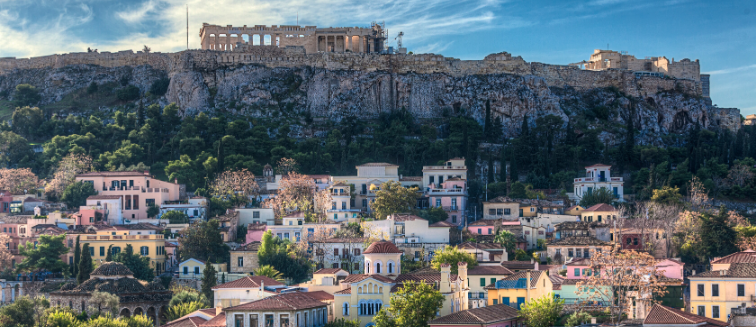
Acropolis of Athens
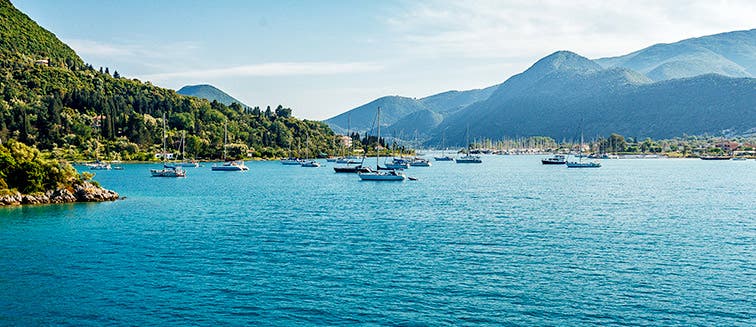
Aegean Sea

Antipaxos
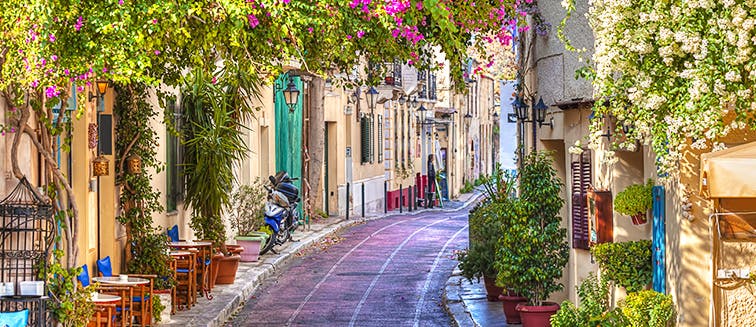
Athens

Atokos

Corfu

Crete
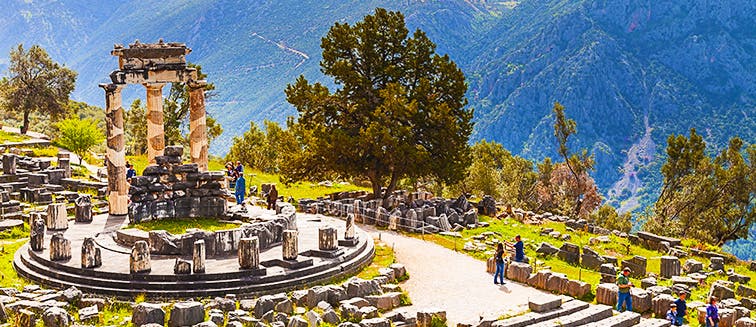
Delphi
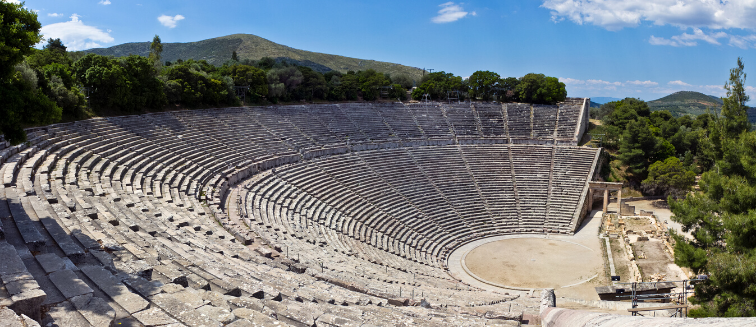
Epidaurus

Gaios
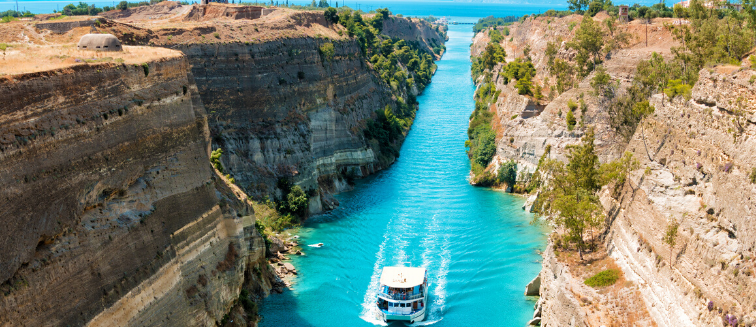
Gulf of Corinth
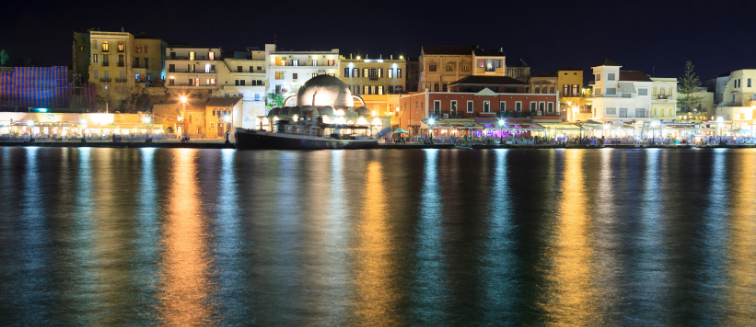
Heraklion

Ithaca
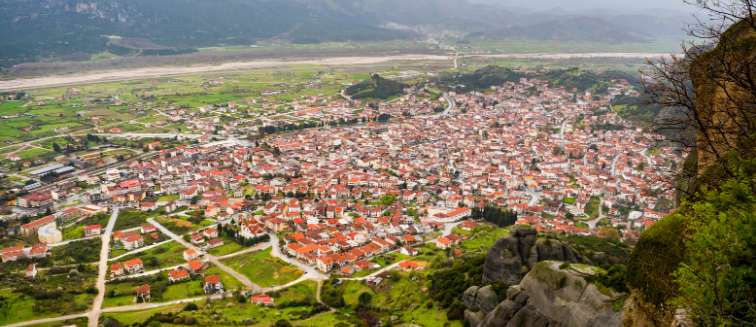
Kalambaka

Kefalonia

Lakka

Lefkada

Meganisi
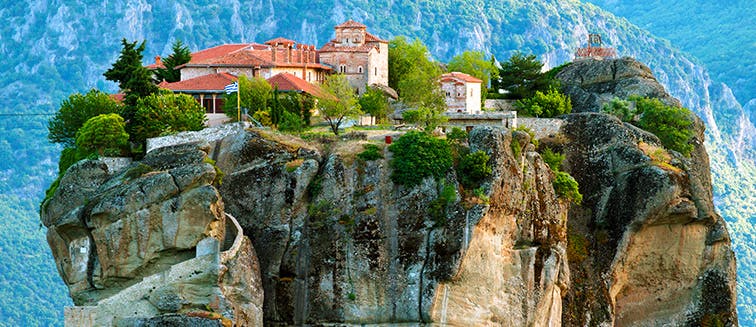
Meteora
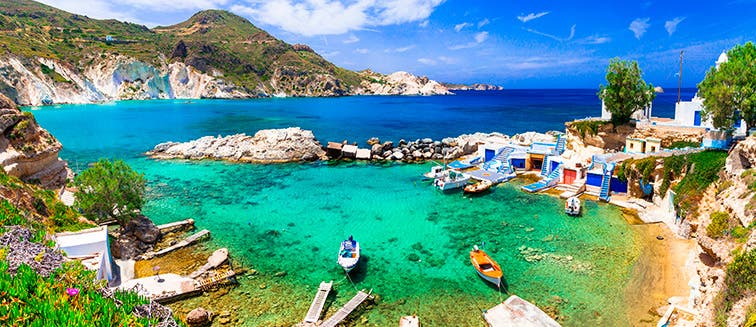
Milos
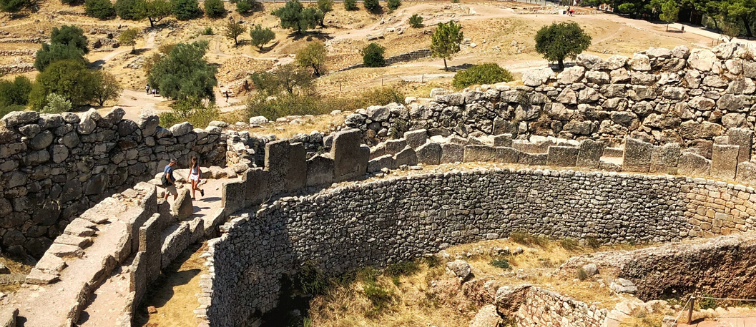
Mycenae
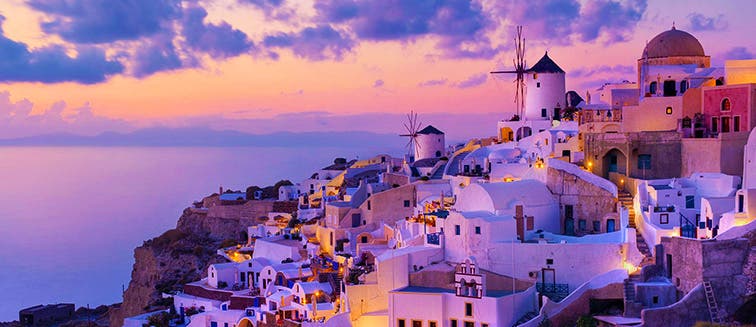
Mykonos
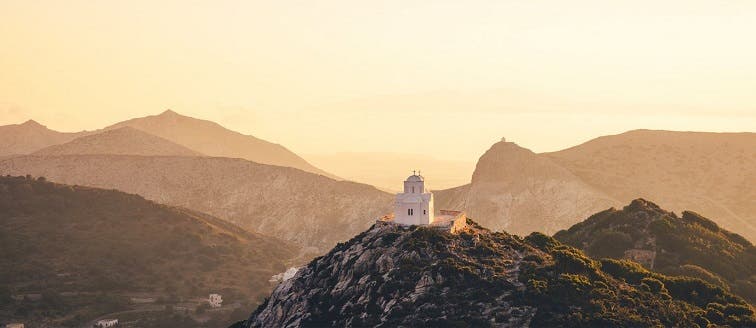
Naxos
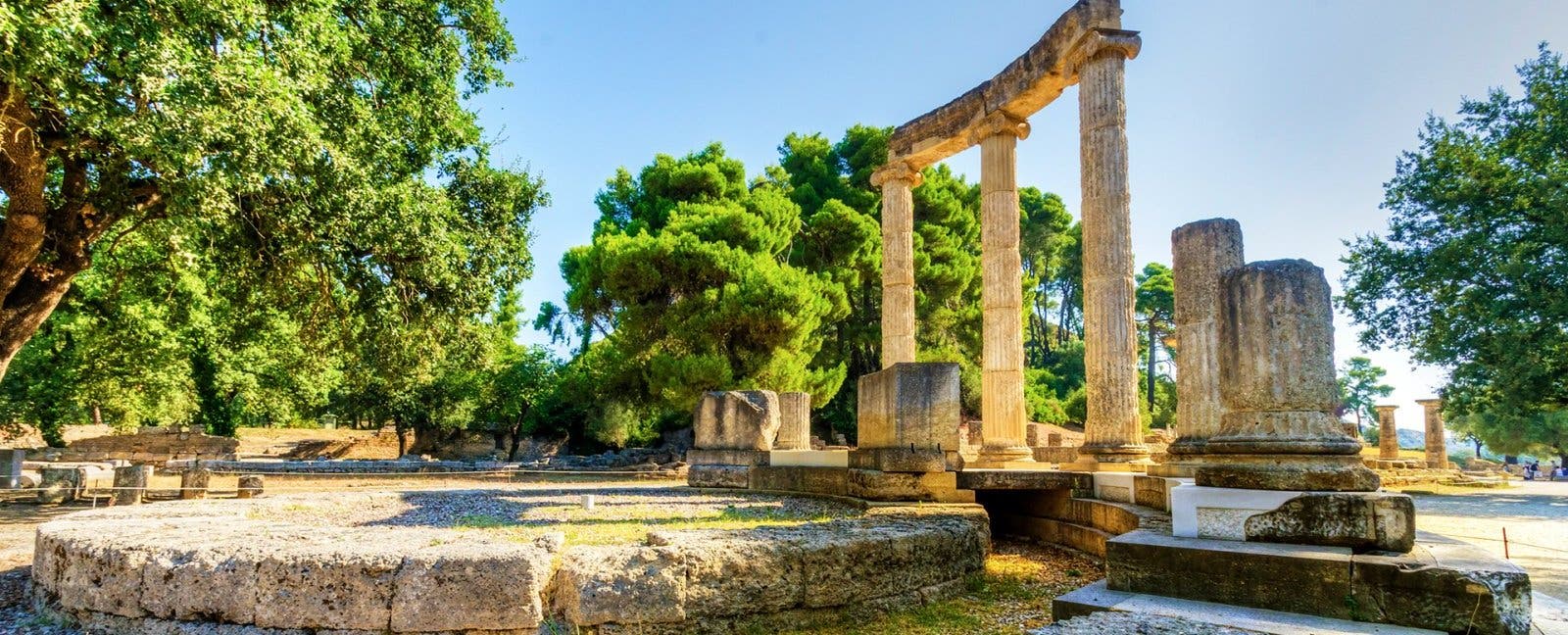
Olympia
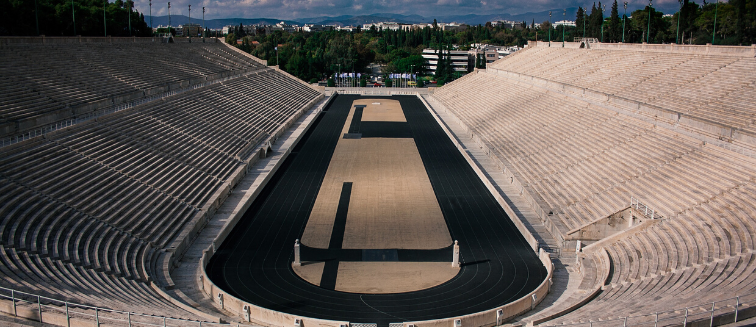
Panathenaic Stadium

Parga
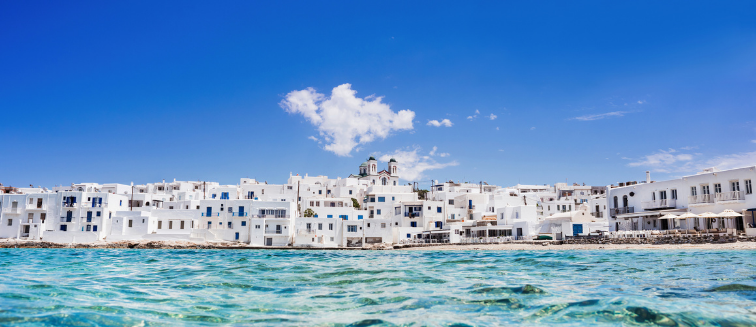
Paros
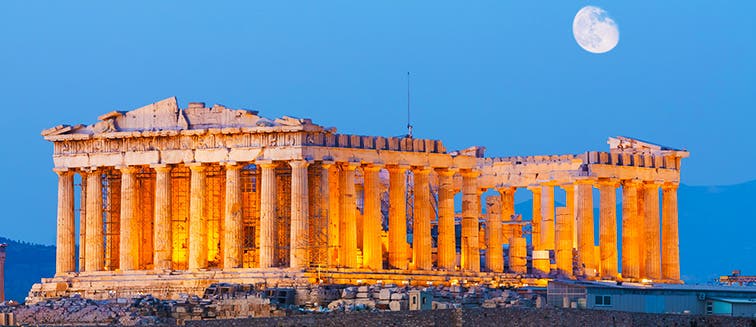
Parthenon

Paxos
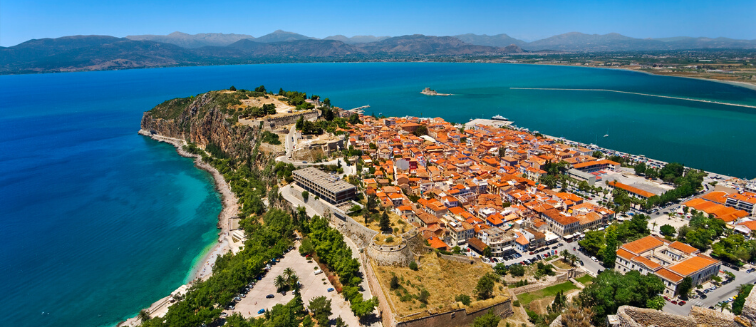
Peloponnese
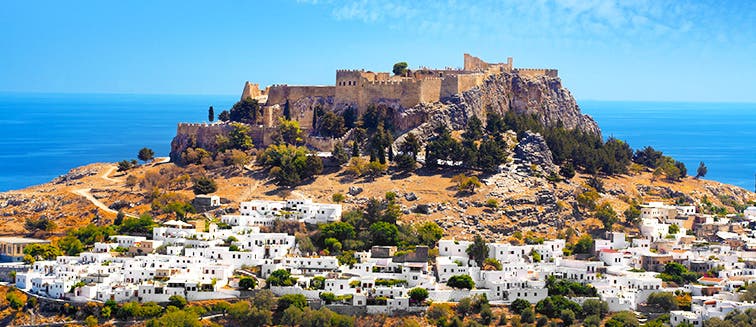
Rhodes
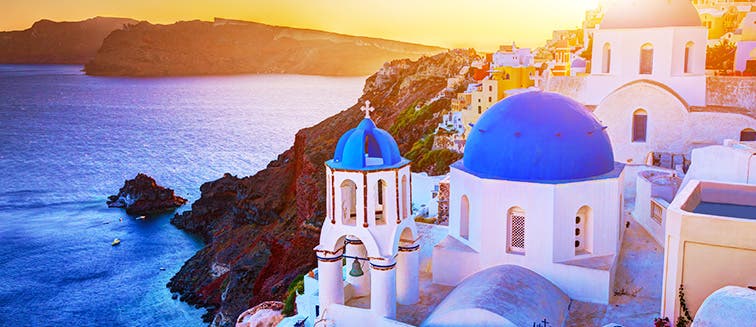
Santorini
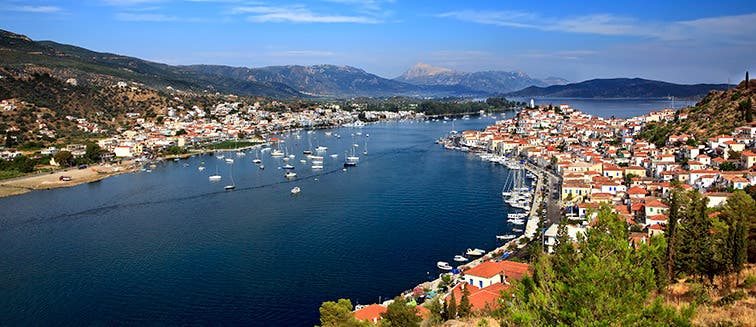
Saronic Islands
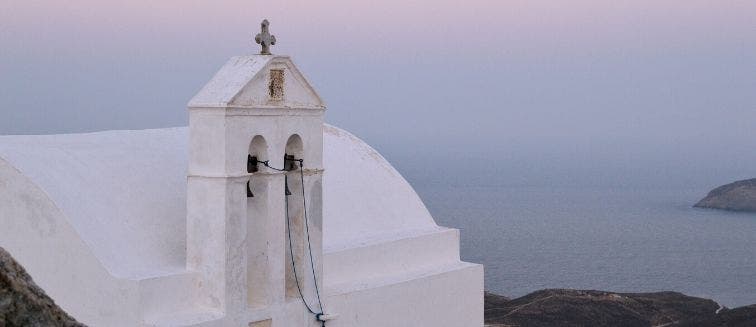
Serifos

Sivota
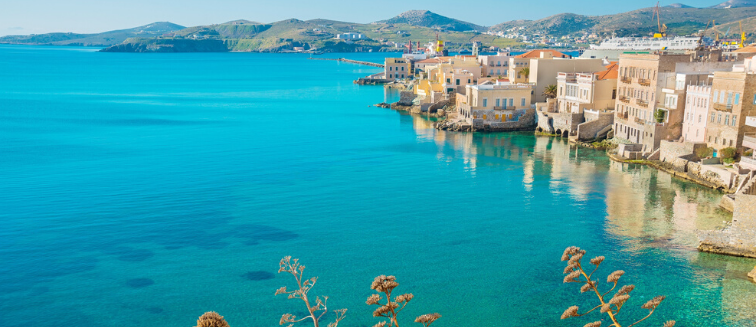
Syros
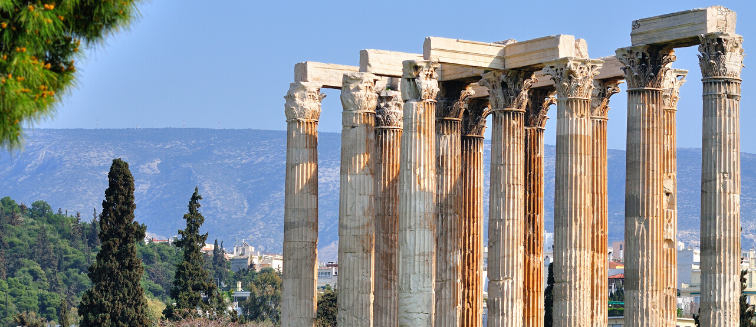
Temple of Olympian Zeus
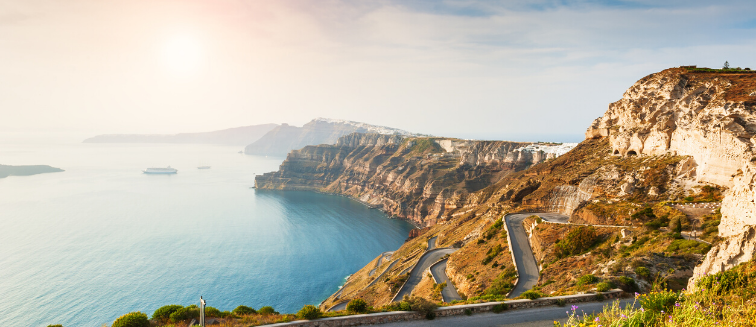
The Cyclades
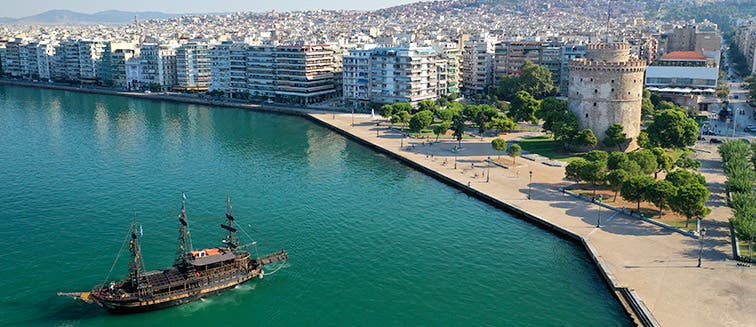
Thessaloniki
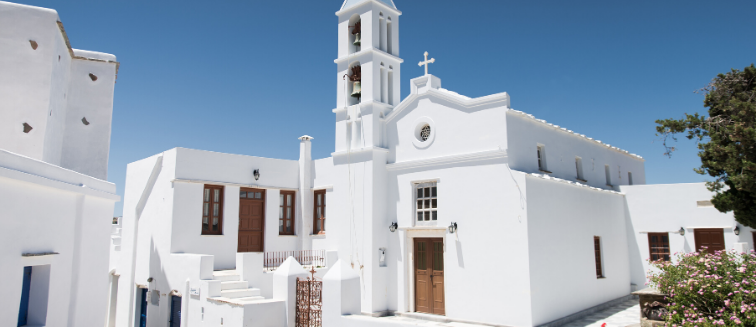
Tinos
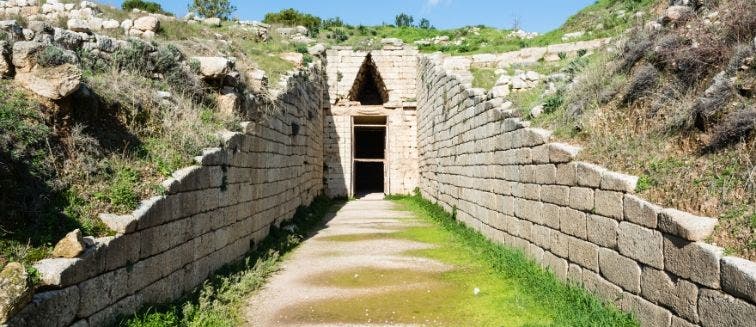
Treasury of Atreus

Zante
Points of interests
- Trips to Acropolis of Athens
- Trips to Aegean Sea
- Trips to Antipaxos
- Trips to Athens
- Trips to Atokos
- Trips to Corfu
- Trips to Crete
- Trips to Delphi
- Trips to Epidaurus
- Trips to Gaios
- Trips to Gulf of Corinth
- Trips to Heraklion
- Trips to Ithaca
- Trips to Kalambaka
- Trips to Kefalonia
- Trips to Lakka
- Trips to Lefkada
- Trips to Meganisi
- Trips to Meteora
- Trips to Mycenae
- Trips to Mykonos
- Trips to Naxos
- Trips to Olympia
- Trips to Panathenaic Stadium
- Trips to Parga
- Trips to Paros
- Trips to Parthenon
- Trips to Paxos
- Trips to Peloponnese
- Trips to Rhodes
- Trips to Santorini
- Trips to Saronic Islands
- Trips to Serifos
- Trips to Sivota
- Trips to Syros
- Trips to Temple of Olympian Zeus
- Trips to The Cyclades
- Trips to Tinos
- Trips to Treasury of Atreus
- Trips to Zante
Other Points of interests
- Trips to Apollonia
- Trips to Berat
- Trips to Bled
- Trips to Blue Eye National Park
- Trips to Bohinj
- Trips to Butrint
- Trips to Dubrovnik
- Trips to Durres
- Trips to Elbasan
- Trips to Gjirokastër
- Trips to Hvar
- Trips to Koper
- Trips to Korca
- Trips to Krk
- Trips to Kruja
- Trips to Ksamil
- Trips to Lezhe
- Trips to Ljubljana
- Trips to Medjugore
- Trips to Mostar
- Trips to Ohrid
- Trips to Opatija
- Trips to Plitvice Lakes
- Trips to Plovdiv
- Trips to Pogradec
- Trips to Postojna Cave
- Trips to Rila Monastery
- Trips to Sarajevo
- Trips to Saranda
- Trips to Shkodra
- Trips to Split
- Trips to Tirana
- Trips to Velika Planina
- Trips to Vlora
- Trips to Voskopoje
- Trips to Zadar
- Trips to Zagreb
Countries Nearby
- Albania Trips
- Austria Trips
- Baltic States Trips
- Belgium Trips
- Croatia Trips
- Cyprus Trips
- Czech Republic Trips
- Denmark Trips
- England Trips
- Faroe Islands Trips
- Finland Trips
- France Trips
- Germany Trips
- Greece Trips
- Holland Trips
- Hungary Trips
- Iceland Trips
- Ireland Trips
- Italy Trips
- Liechtenstein Trips
- Montenegro Trips
- North Macedonia Trips
- Northern Ireland Trips
- Norway Trips
- Poland Trips
- Portugal Trips
- Romania Trips
- Russia Trips
- Scotland Trips
- Slovakia Trips
- Slovenia Trips
- Spain Trips
- Sweden Trips
- Switzerland Trips
- Ukraine Trips
- United Kingdom Trips
Trip Styles
- Greece Nature Tour Packages Trips
- Family Greece Trips
- Greece Tours for Couples Trips
- Iceland Nature Holiday Packages Trips
- Family Italy Trips
- Italy Tours for Couples Trips
- Epic Italy Nature Packages Trips
- Norway Nature Holiday Deals Trips
- Norway Couples Getaways Trips
- Portugal Nature Holiday Packages Trips
- Portugal Tours for Couples Trips
- Spain Nature Holiday Packages Trips
- Spain Tours for Couples with Exoticca Trips
- Switzerland Nature Tour Trips
- Switzerland Couples Tours Trips
Subscribe to our newsletter and join Exoticca GO
The best travel deals
Exclusive promotions
Expert travel tips